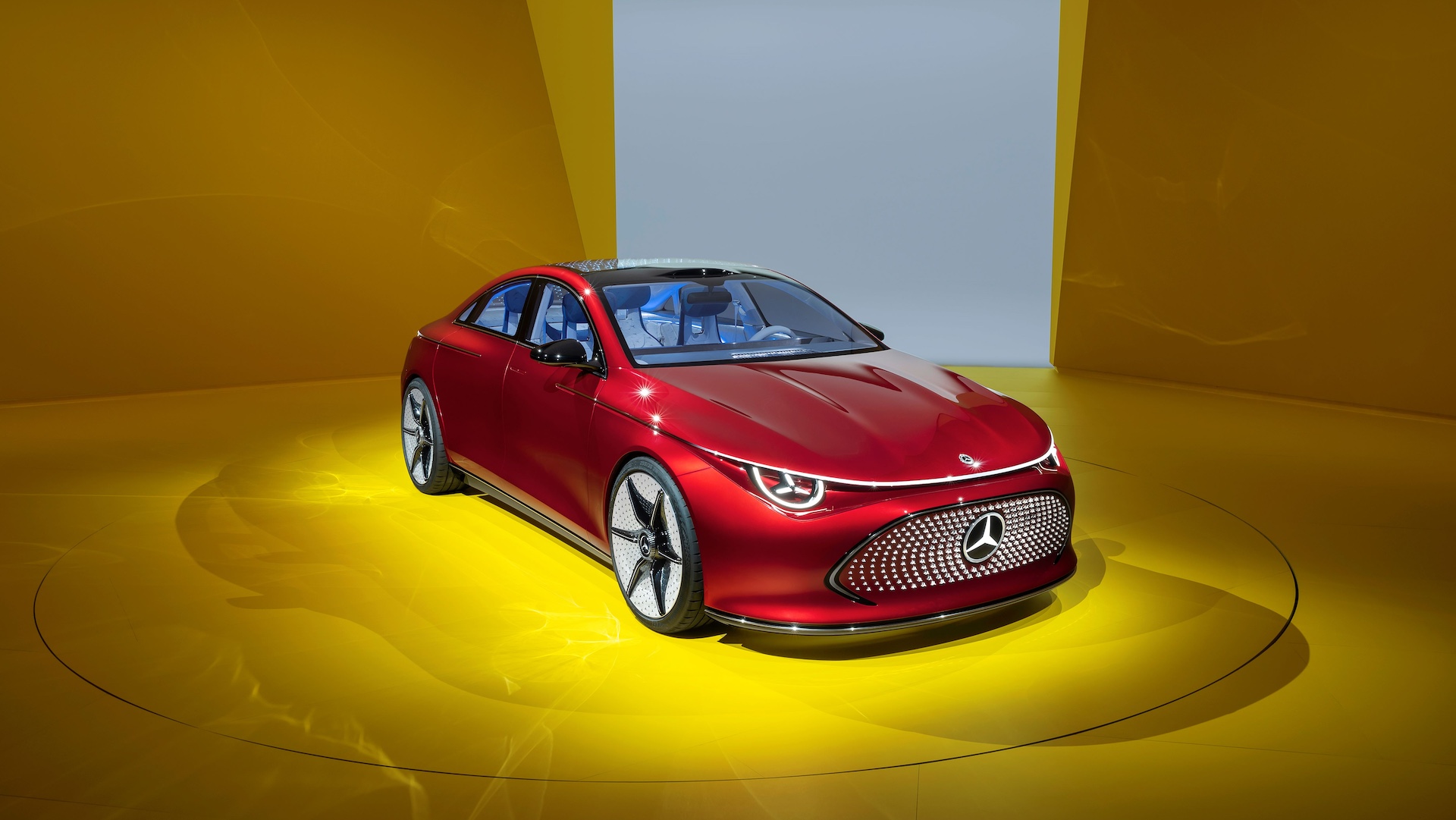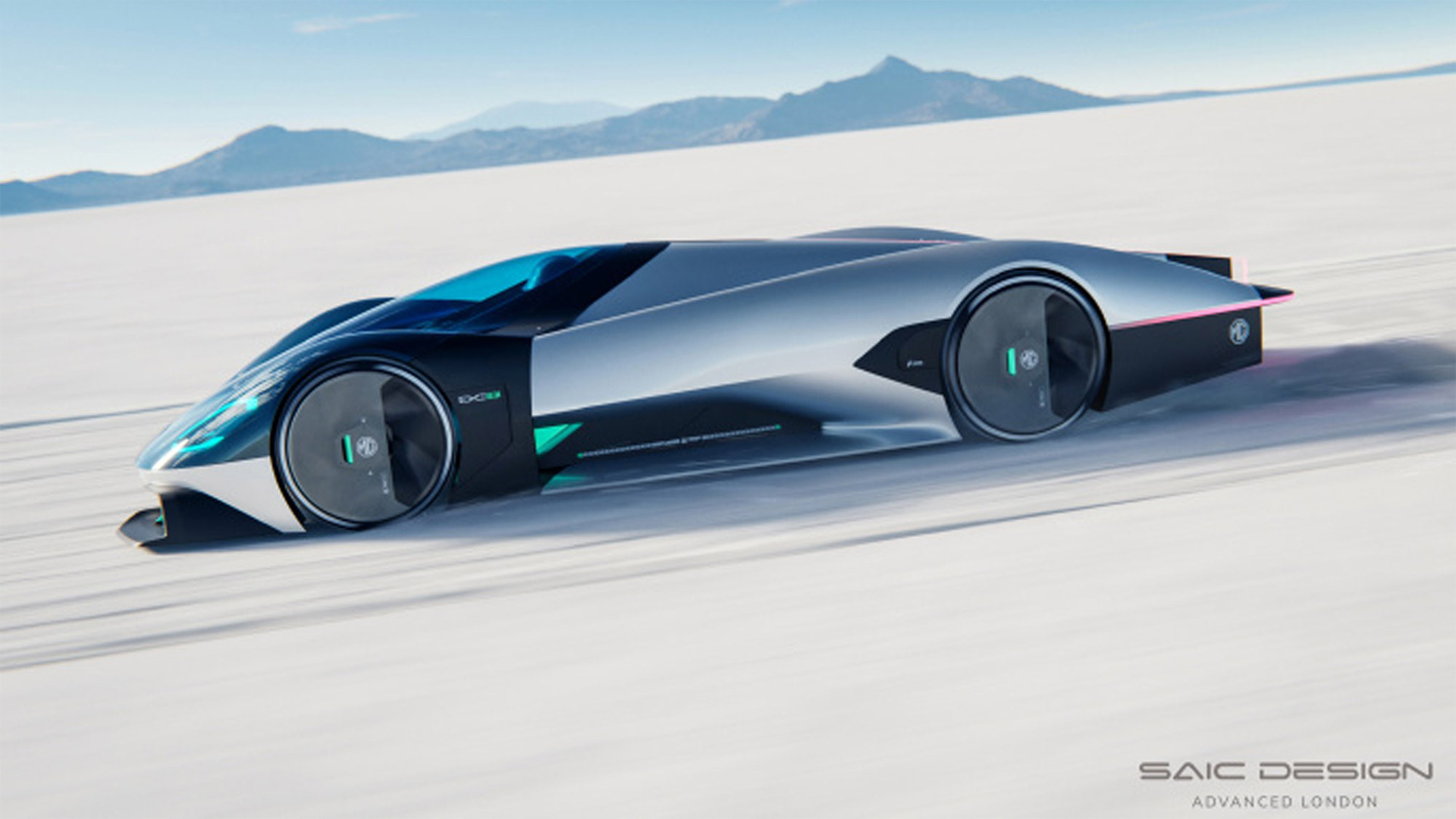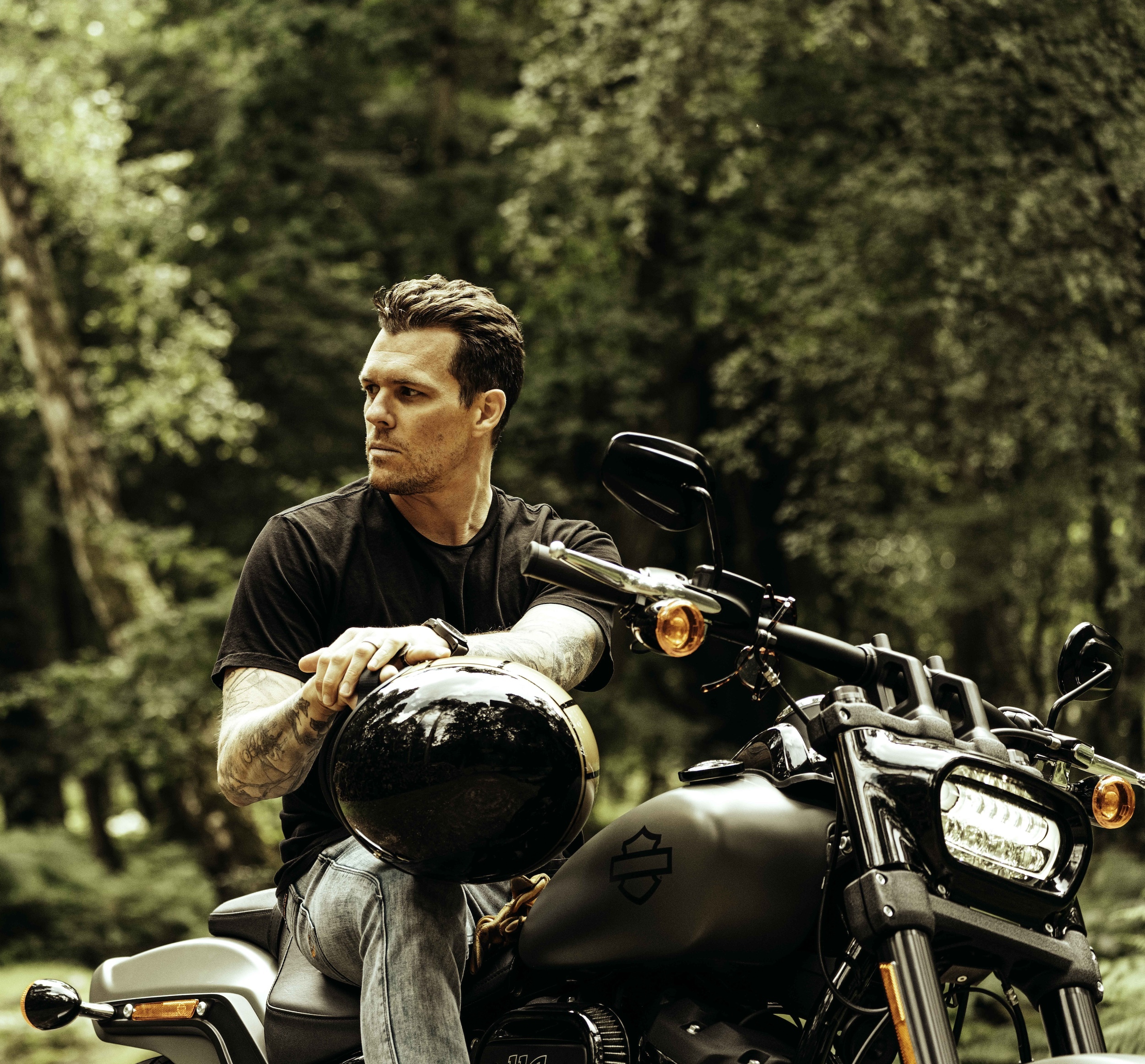Mercedes announces breakthrough in solid-state EV battery tech, but Chinese rivals are still way ahead
A promise of 600 miles of range... by the end of the decade

Mercedes-Benz and Factorial, a self-proclaimed industry leader in solid-state battery research, have announced their latest breakthrough in EV battery tech with a new 'Solstice' pack that promises to deliver an enormous range – by the end of the decade.
The next-generation solid-state battery (SSB) is said to offer an energy density of up to 450Wh/kg. That means it promises to be much more compact, lighter and safer than the current lithium-ion packs used in today's electric vehicles.
Factorial claims that the high energy density of its Solstice packs can extend EV range by around 80 per cent compared to what is on the market today. This means brands, such as its collaborators and investors Mercedes-Benz, will target in excess of 600-miles of vehicle range before the batteries run dry.

This will bring the next generation of electric passenger cars on par with even the most frugal petrol and diesel offerings. But we are not due to see Factorial’s innovations embedded into a vehicle that we can actually buy until the end of the 2020s.
As with much of the current SSB research, these new Solstice packs will also apparently bring with them increased safety thanks to a sulfide-based, all-solid-state electrolyte system. Increased stability at higher operating temperatures means there is also less reliance on a cooling system within the battery system, which could help lower overall vehicle cost.
Currently, Mercedes-Benz is still engineering and developing Factorial’s first generation solid-state battery technology, dubbed FEST, after investing heavily in the company during a $200 million fundraising session in 2022.
The great solid-state arms race

Mercedes-Benz joins the likes of Nissan and Toyota in the long list of 'legacy' automakers leading the way with solid-state battery research, but it still feels like it might be too little, too late.
Get daily insight, inspiration and deals in your inbox
Sign up for breaking news, reviews, opinion, top tech deals, and more.
Just this week, MG said it would have the first production cars sporting its latest generation SSB technology available to buy as early as next year.
Currently, MG’s parent company, SAIC, already has similar technology employed in its IM Motors L6 model, which offers an all-electric range of 673-miles on China's Light-Duty Vehicle Test Cycle (CLTC).
If MG is planning on offering this sort of technology at an affordable price in 2025, just imagine what it will have by the end of the decade – just as Mercedes-Benz is preparing to debut its first cars with solid-state battery tech.
With China so far ahead in the EV game, it feels like most legacy automakers don’t stand a chance in playing catch-up.
Granted, many of the emerging Chinese brands still have some way to go when it comes to achieving the recognition and consumer trust from Western markets, but recent research suggests customer perception is changing rapidly for certain brands, such as BYD.
Given that the average development cycle for a modern production car is three to five years, we could well find that even premium marques, like Mercedes-Benz, struggle to match the battery range and performance offered by Chinese vehicles with more advanced battery and motor technology.
Instead, more traditional automotive brands may have to increasingly play on heritage and a notion of exclusivity to attract customers.
Jaguar's managing director recently went on record to claim that the company is going to push ever-more into super luxury territory, as it pivots to becoming a pure EV manufacturer.
"Luxury brands create irrational need," Jaguar boss Rawdon Glover told Top Gear, alongside an admittance that even the premium EV space is becoming too competitive.
you might also like
- These gigantic solar-powered streetlights could be the answer to EV charging in dense urban areas
- Car giants are pulling a U-turn on their EV plans – here's how Ford, Hyundai, Volvo and more are changing course
- I've driven the most expensive Volvo ever – and its clever Lidar tech could take EV safety to the next level

Leon has been navigating a world where automotive and tech collide for almost 20 years, reporting on everything from in-car entertainment to robotised manufacturing plants. Currently, EVs are the focus of his attentions, but give it a few years and it will be electric vertical take-off and landing craft. Outside of work hours, he can be found tinkering with distinctly analogue motorcycles, because electric motors are no replacement for an old Honda inline four.